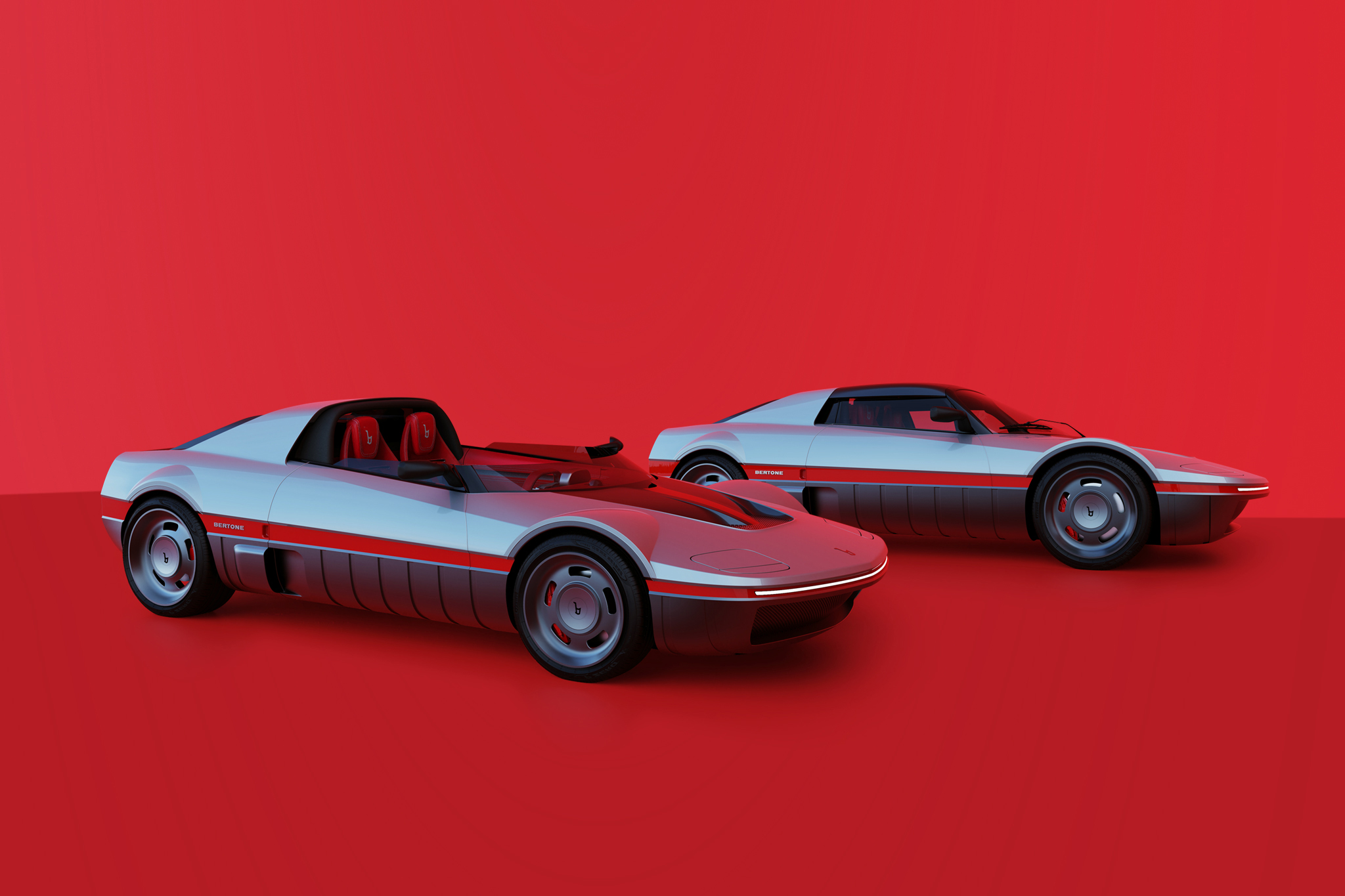Porsche 911 R
Nowadays, the Porsche 911 is known worldwide not only for its numerous road versions, but above all for almost uncountable racing victories all over the world. When this rear-engined sports car was still young, there were still sceptical voices regarding the motorsport suitability of this model. Compared to the predecessor 356, Porsche hadn’t only increased the price significantly, but also the vehicle weight. In Zuffenhausen, however, there was no doubt as to the capabilities hidden in the coupé originally named 901. Within the first ten model years, the 911 was given a clear range of variants with different performance data between 110 and 160 hp by adding the letters T, E, L and S as well as the Targa, which was offered from 1967, to the model portfolio. While some private racing drivers were already using their 911s on the race track, from the mid-1960s onwards, the in-house motorsport department under the direction of Hans Mezger, Peter Falk, Rolf Wütherich and (from 1966) also Ferdinand Piëch created an even more suitable version, which was to be distinguished above all by lightweight construction. A first result was already available in 1965 (only two years after the world premiere of the 911) in the form of the 2.3 S/T and the 2.5 S/T with increased engine capacity.
However, the real highlight didn’t follow until 1967 with the premiere of the 911 R. Behind this relatively inconspicuous abbreviation is the lightest and most radical 911 ever to leave the factory halls behind. The 911 S presented one year earlier had a kerb weight of 1,030 kilograms, depending on the equipment, and thus makes many modern Lotus models envious. The engineers in Zuffenhausen went much further with the R. Doors and bonnets are made of fibreglass plastic with minimal hinges made of aluminium, the rear side windows and the rear window are made of Makrolon, while the front side windows (also made of transparent plastic) do without classic cranks. Instead, they can be locked with a leather strap in just a few settings. For the body-in-white, thinner steel sheets were used in various places and relief holes were made in some hidden parts. Noise and heat insulation was eliminated, as were carpets and the rear emergency seats. In order not to stand directly on the bare floor panel with the (racing) shoes, the 911 R was given thin rubber mats. Even the round instruments were reduced by removing the analogue clock. A lid for the glove compartment, door panels, a cover for the ignition lock and the covers for the outer door handles were also omitted. Finally, four small, round lights were fitted at the rear and rudimentary position light and indicators at the front, which were a few grams lighter than the standard parts. The result was 800 kilograms for a car ready to drive.
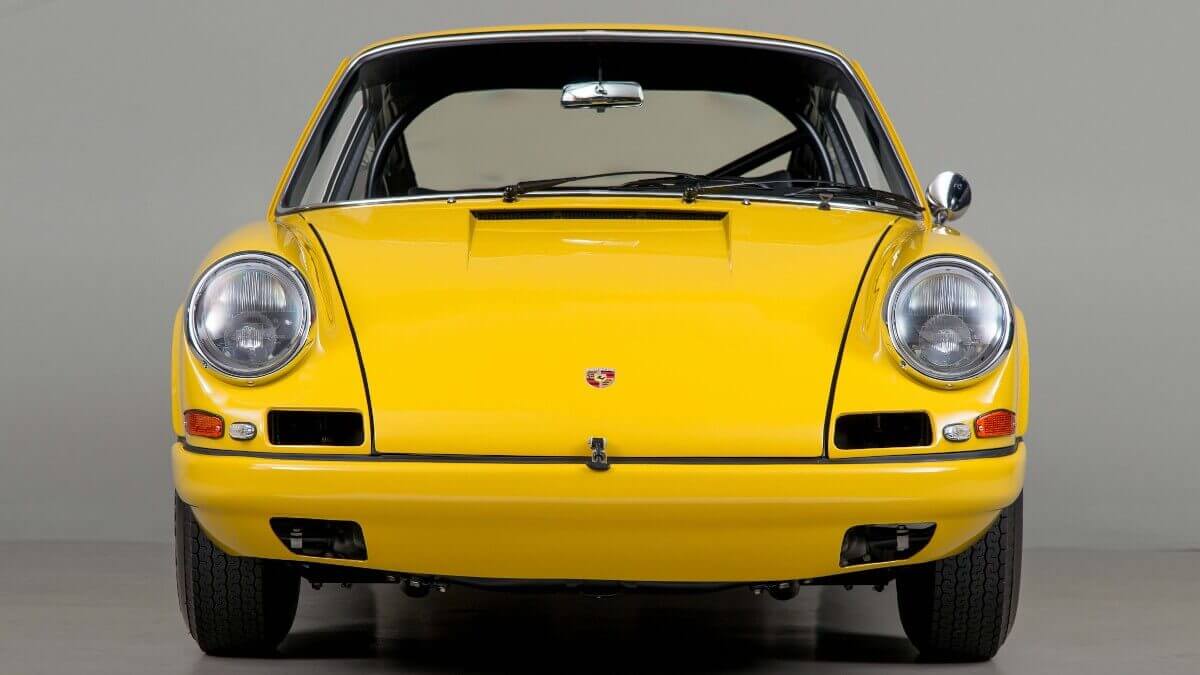

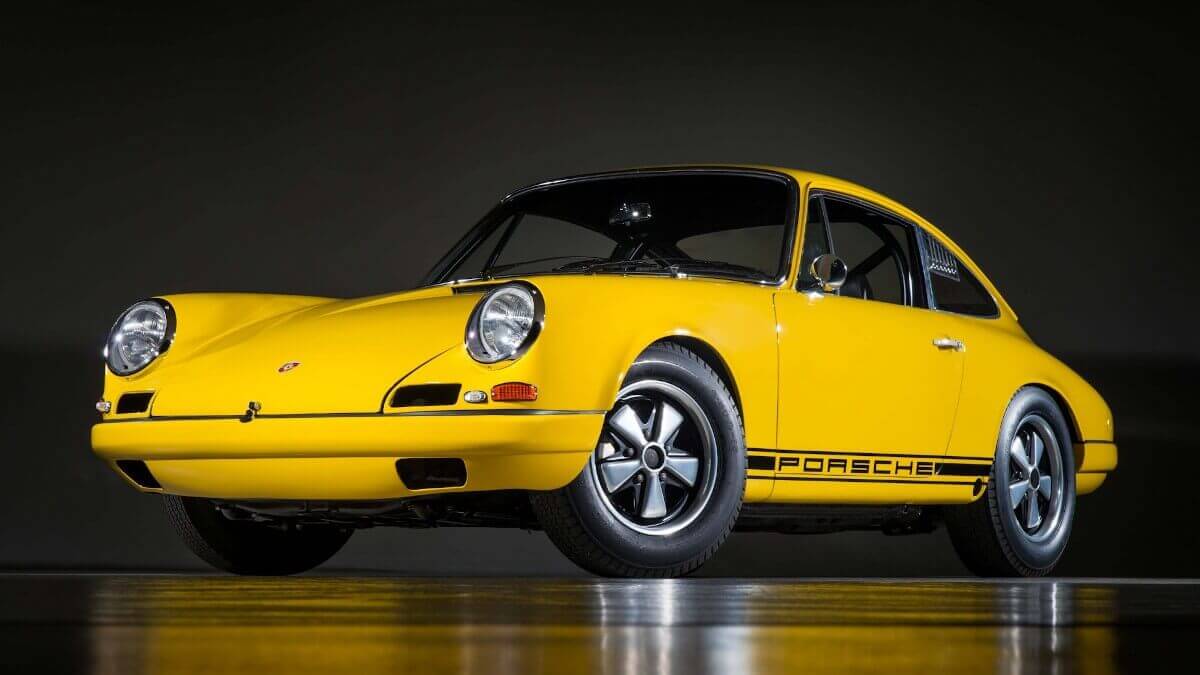

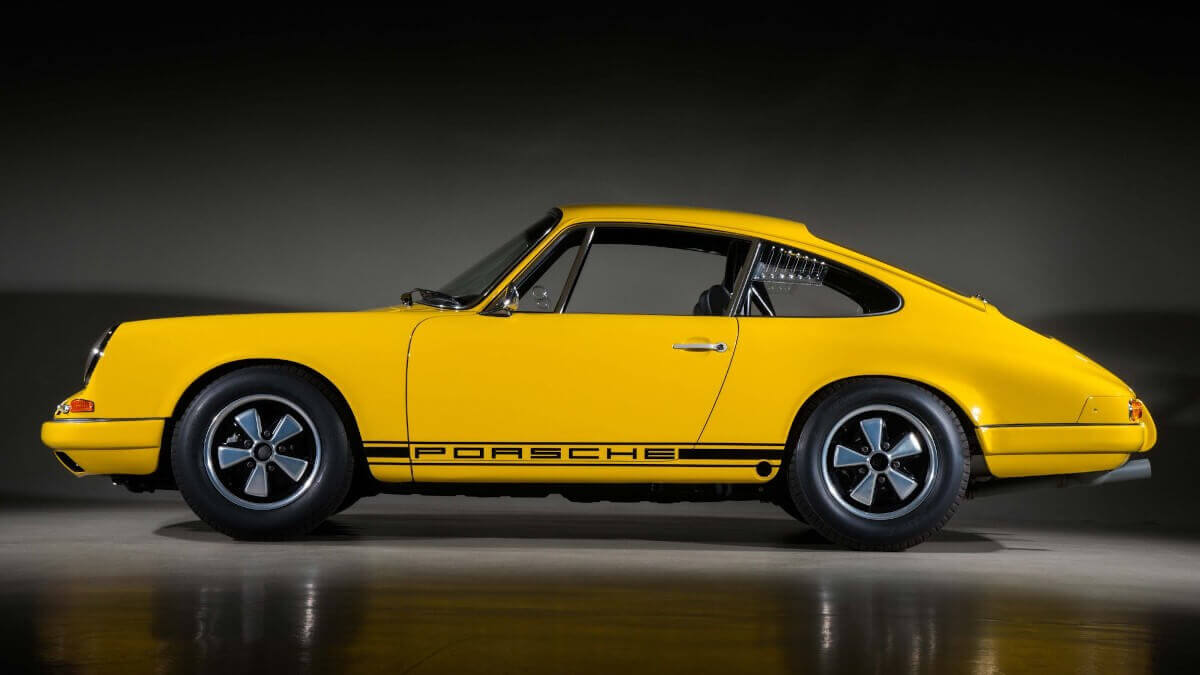

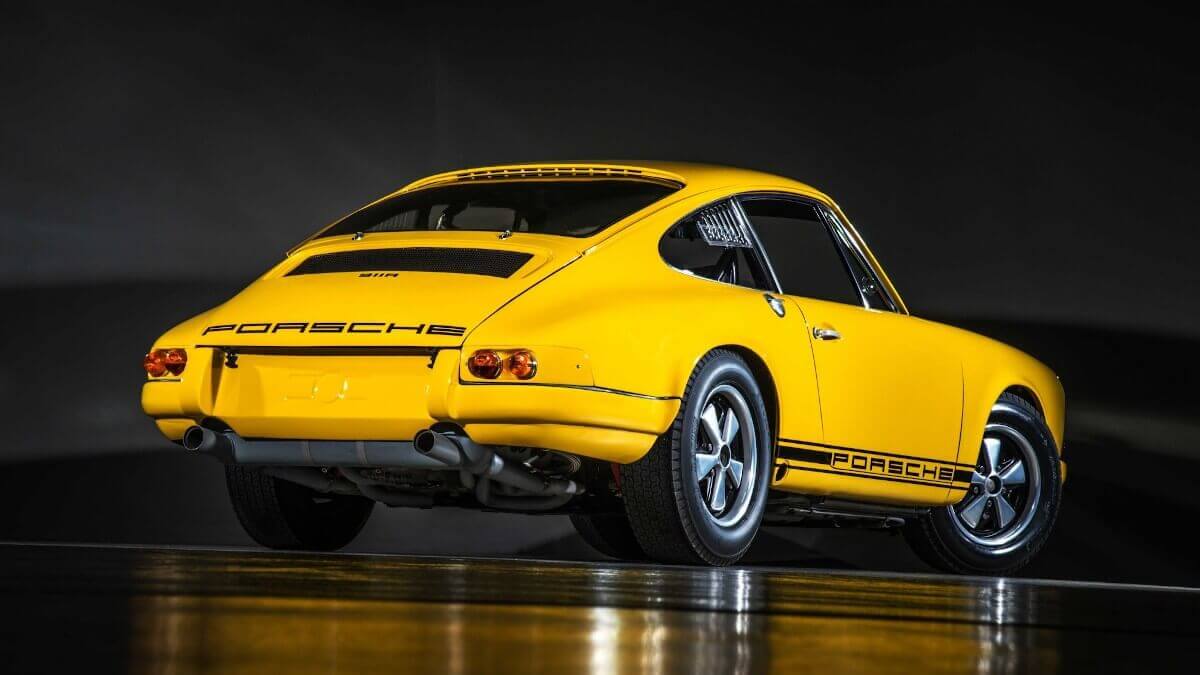

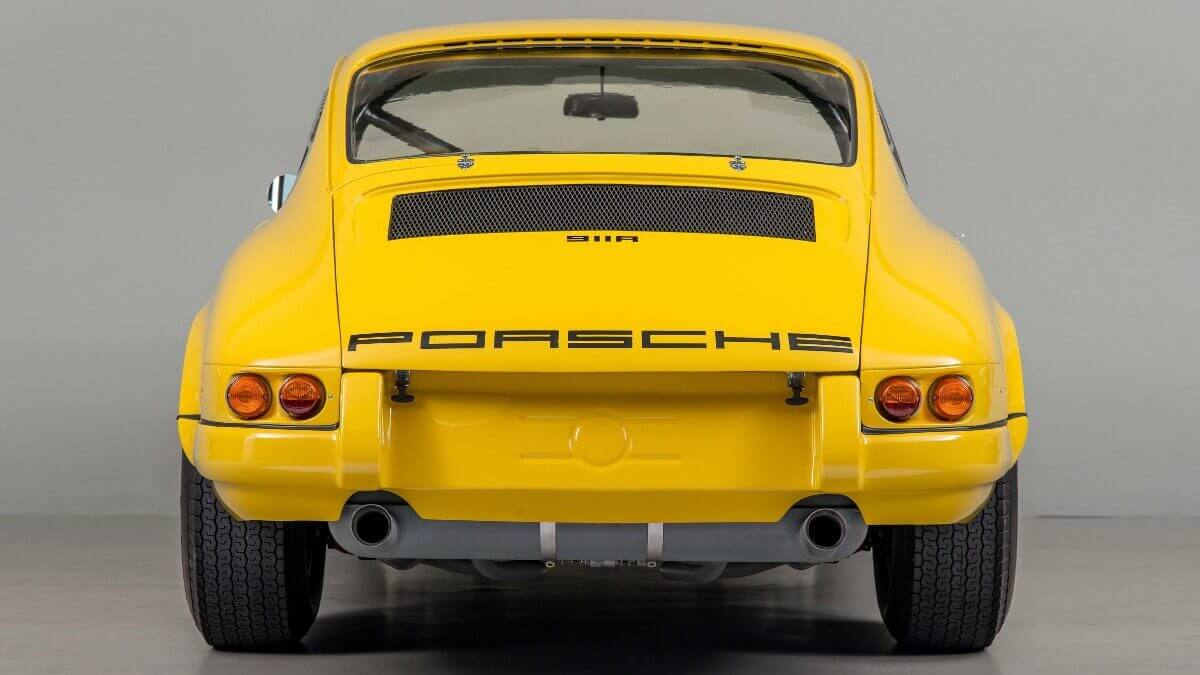

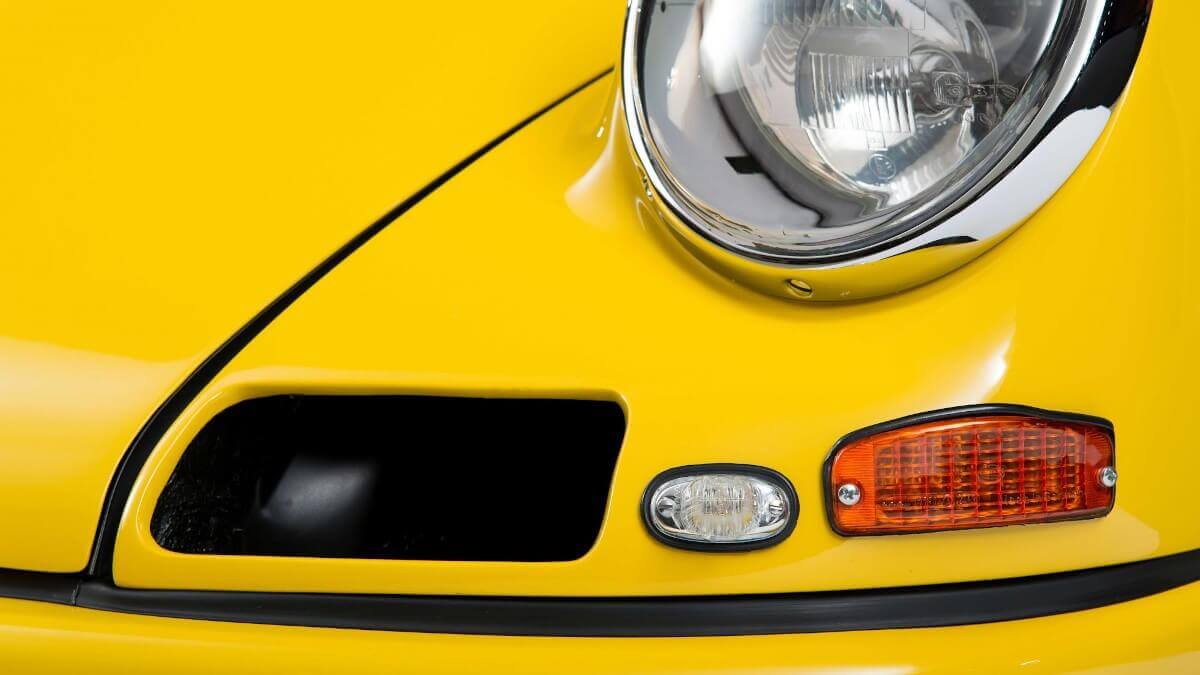

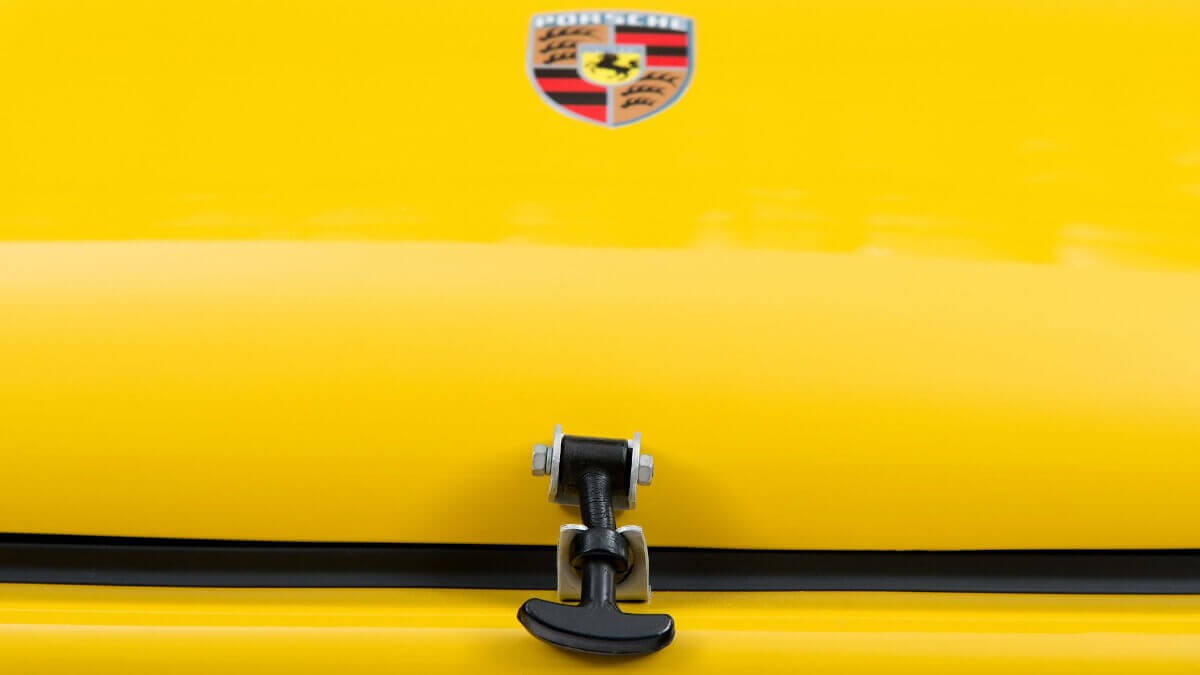

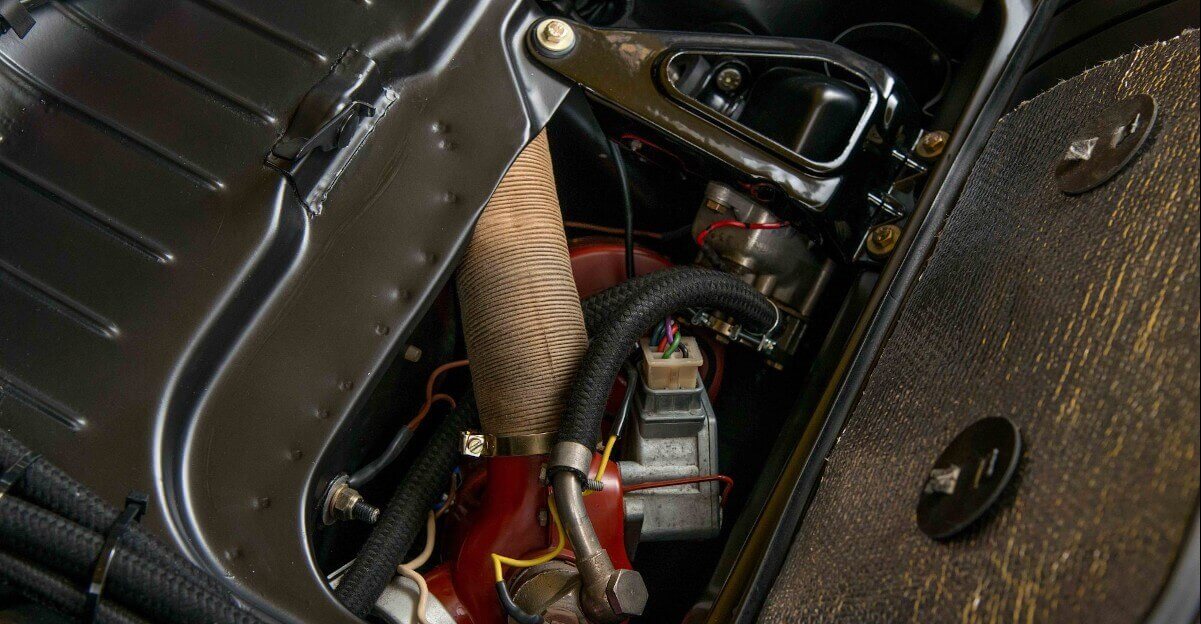

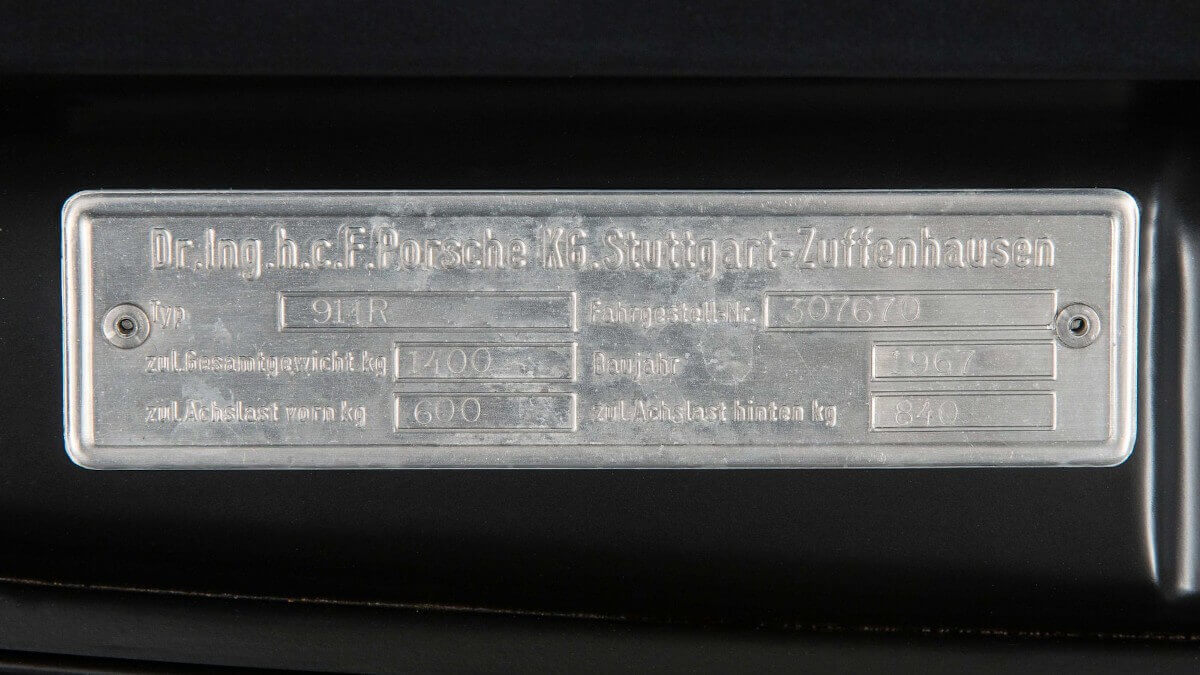

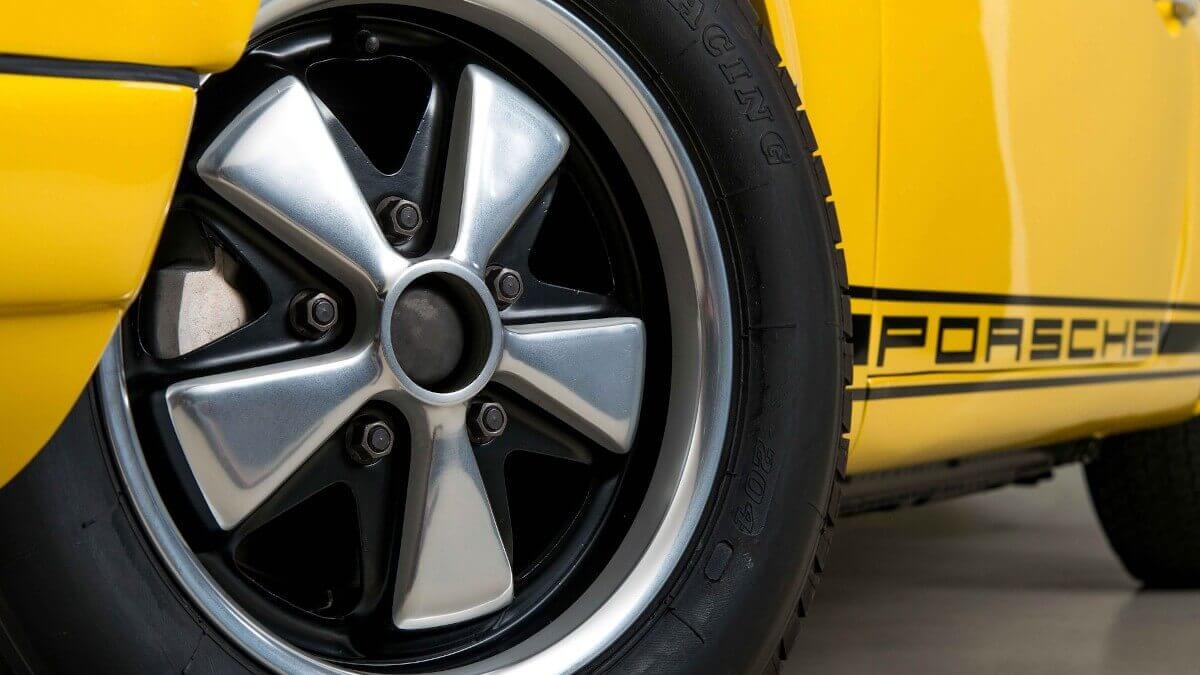

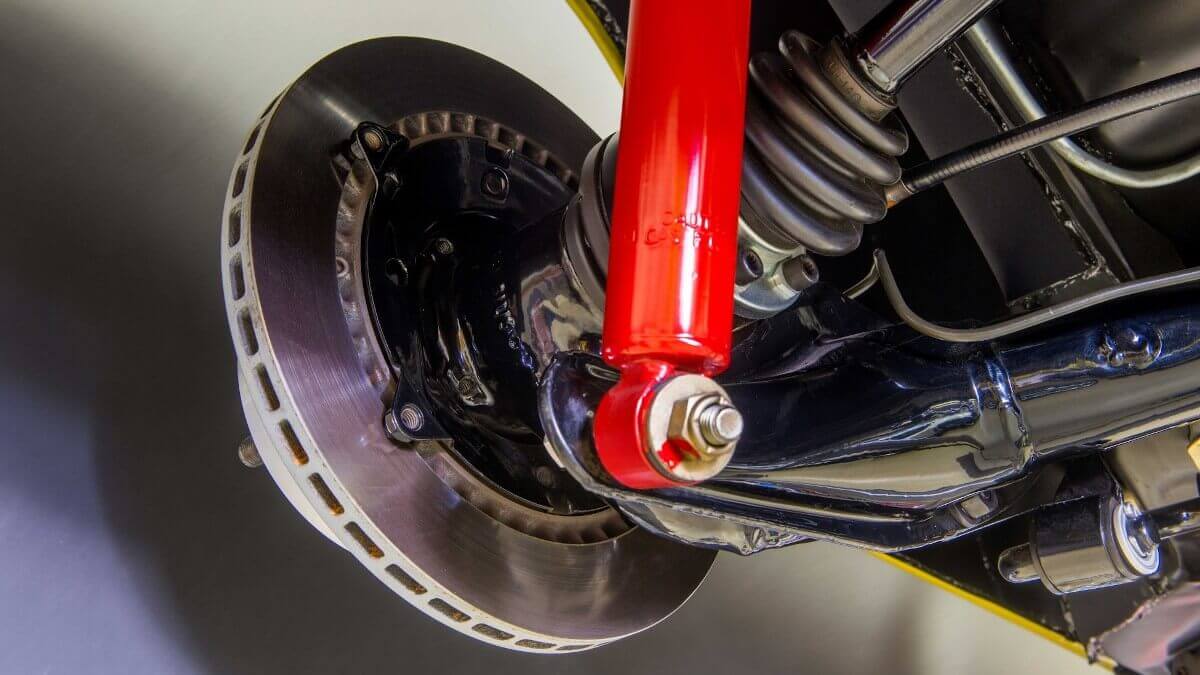

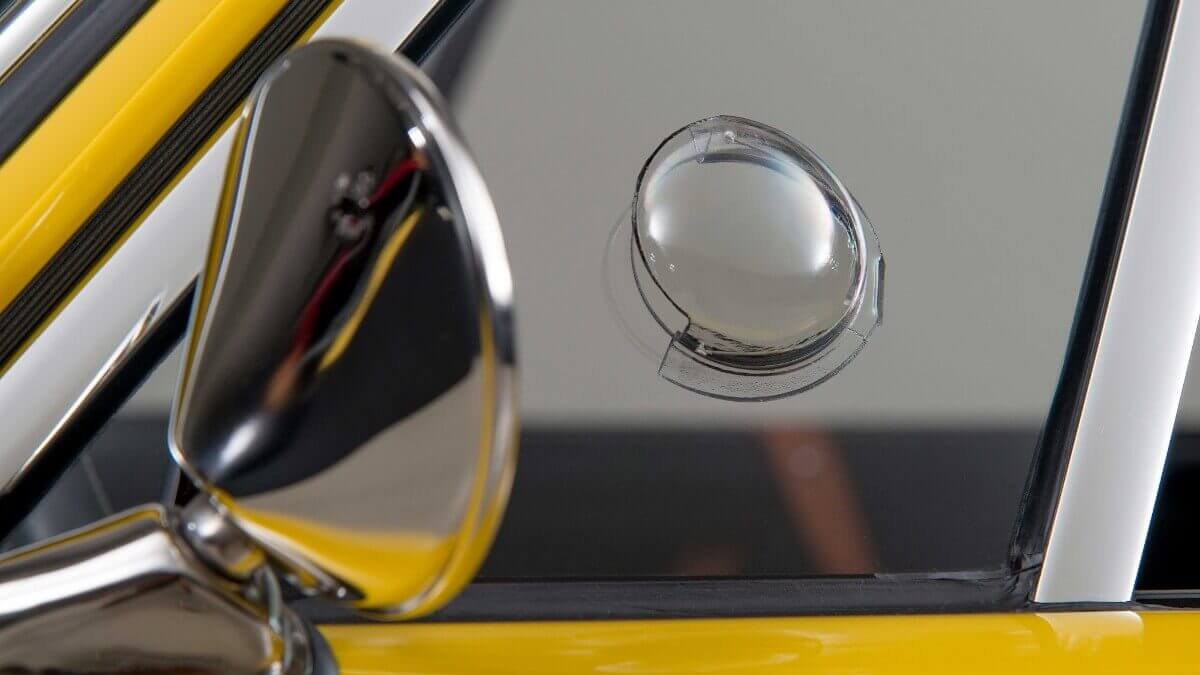

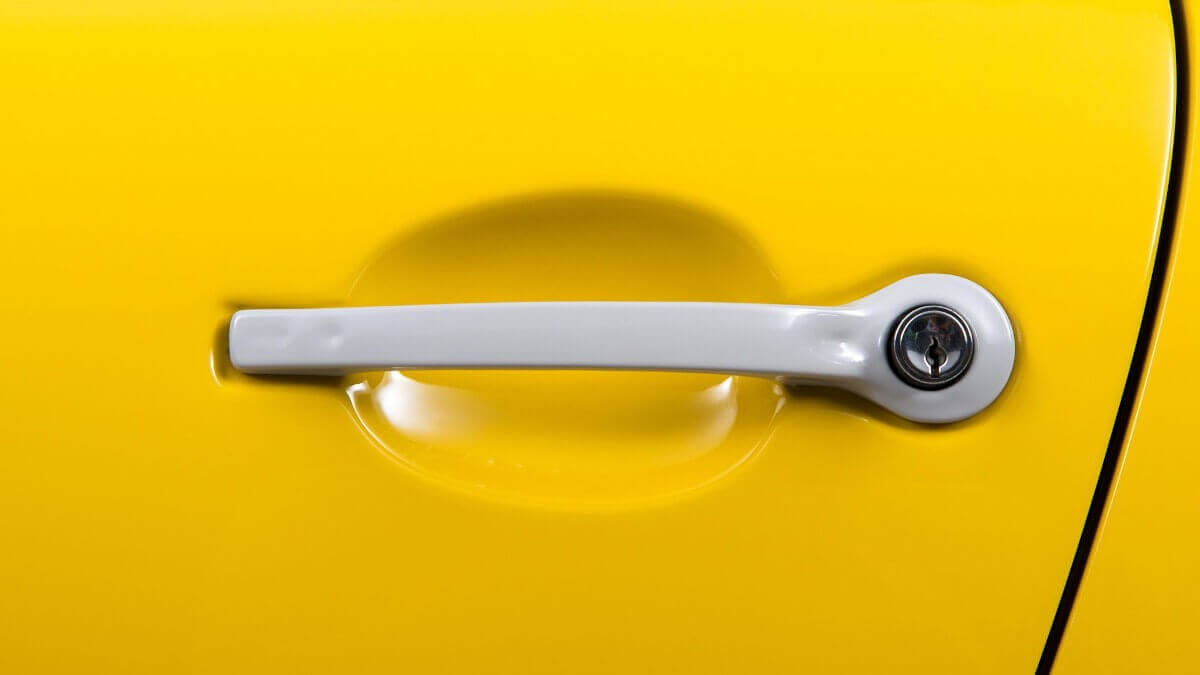

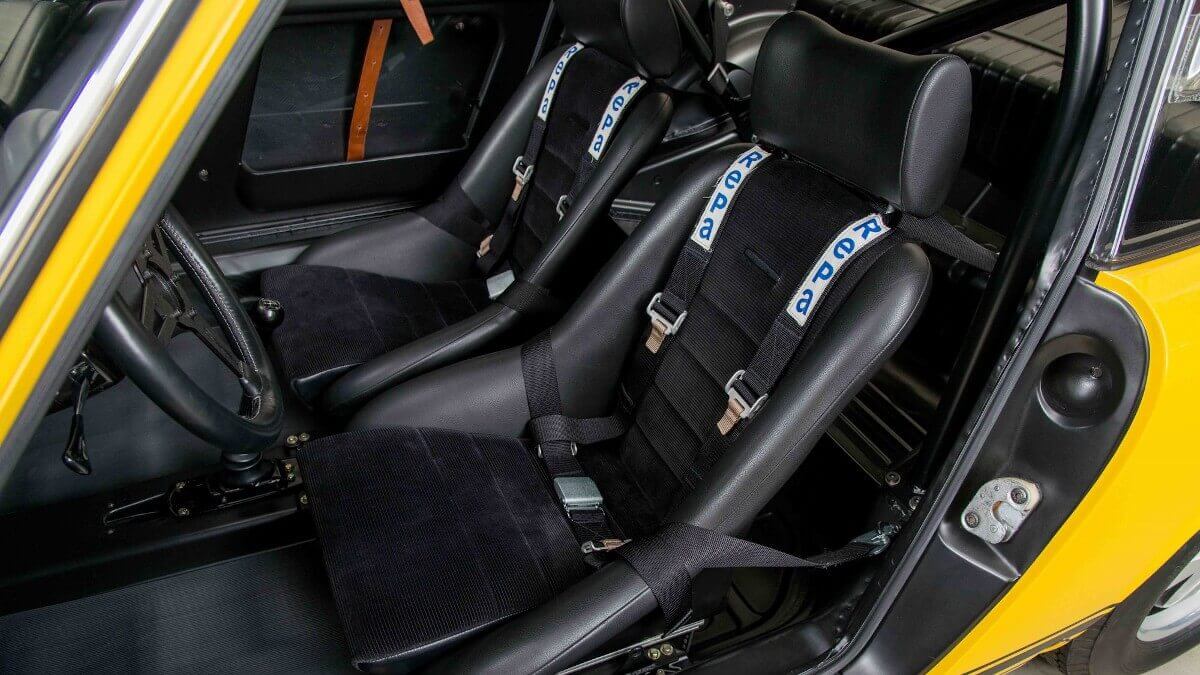

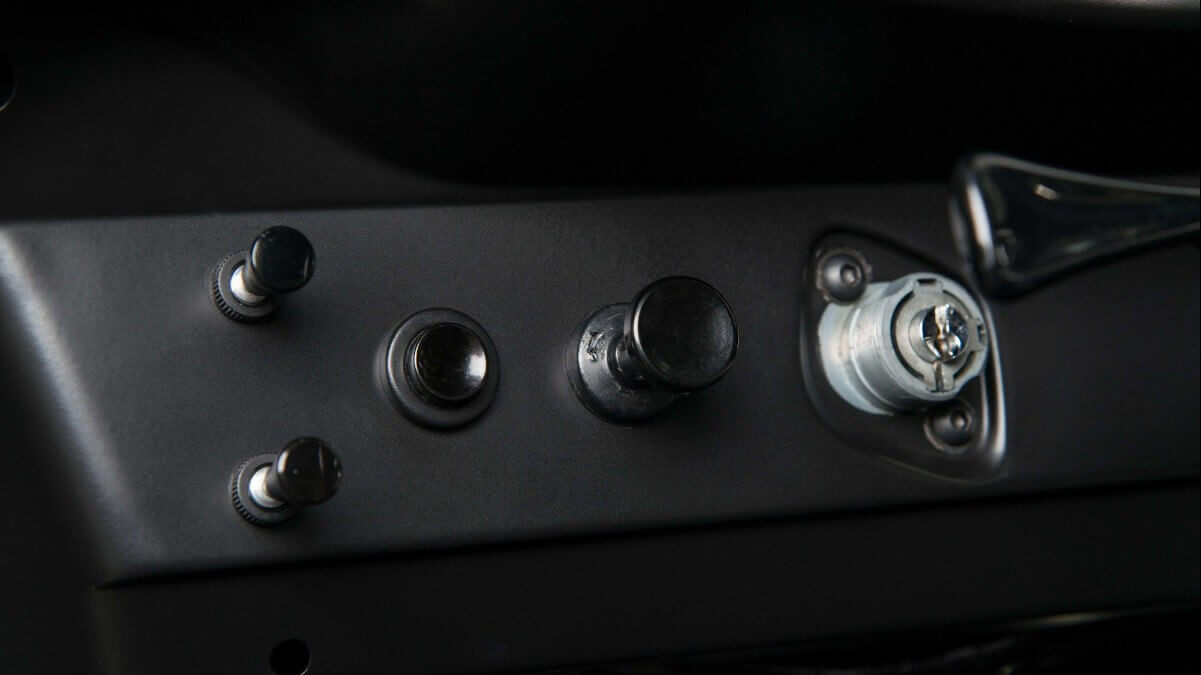

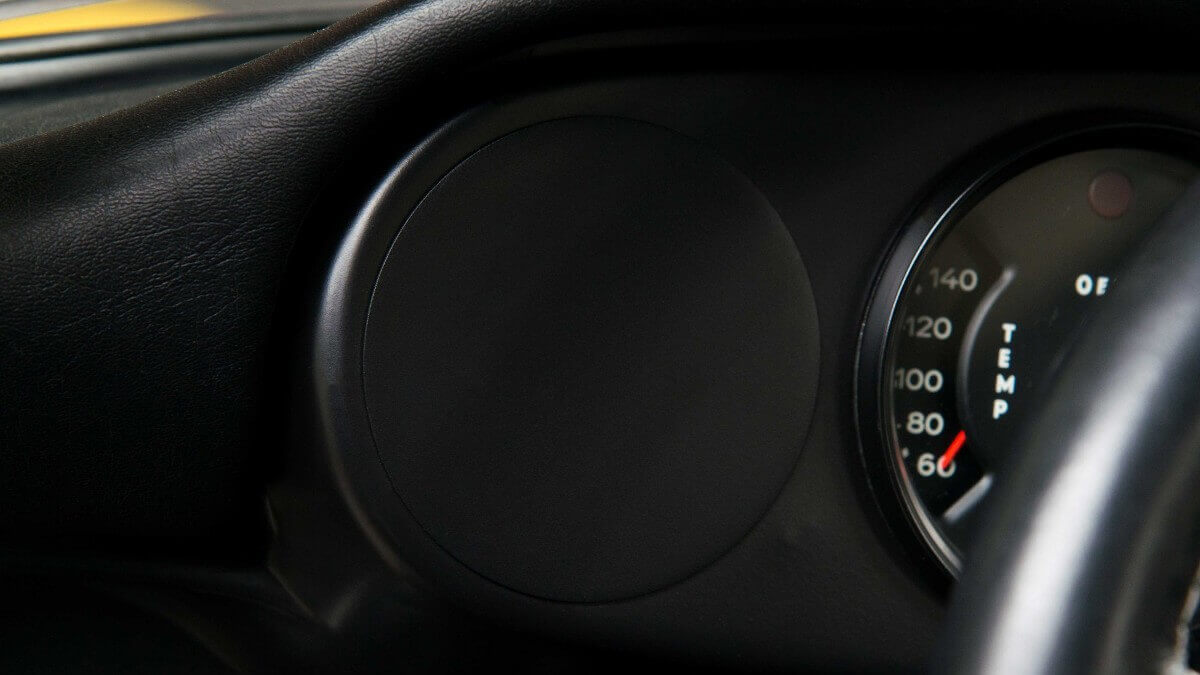

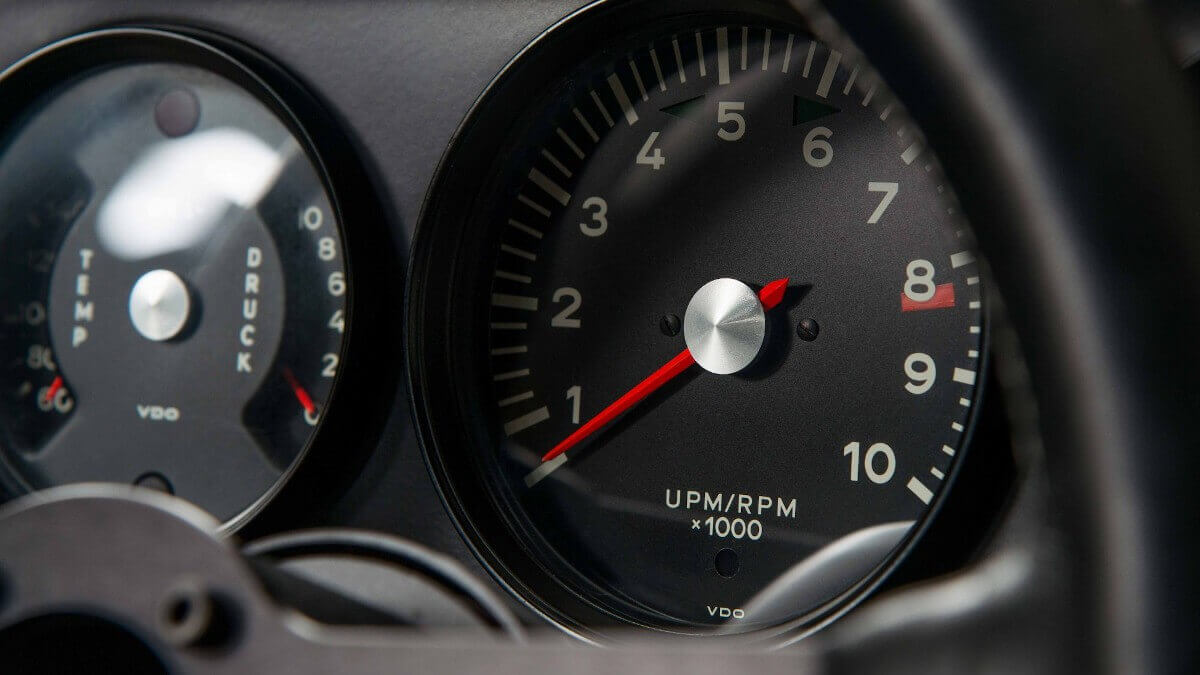

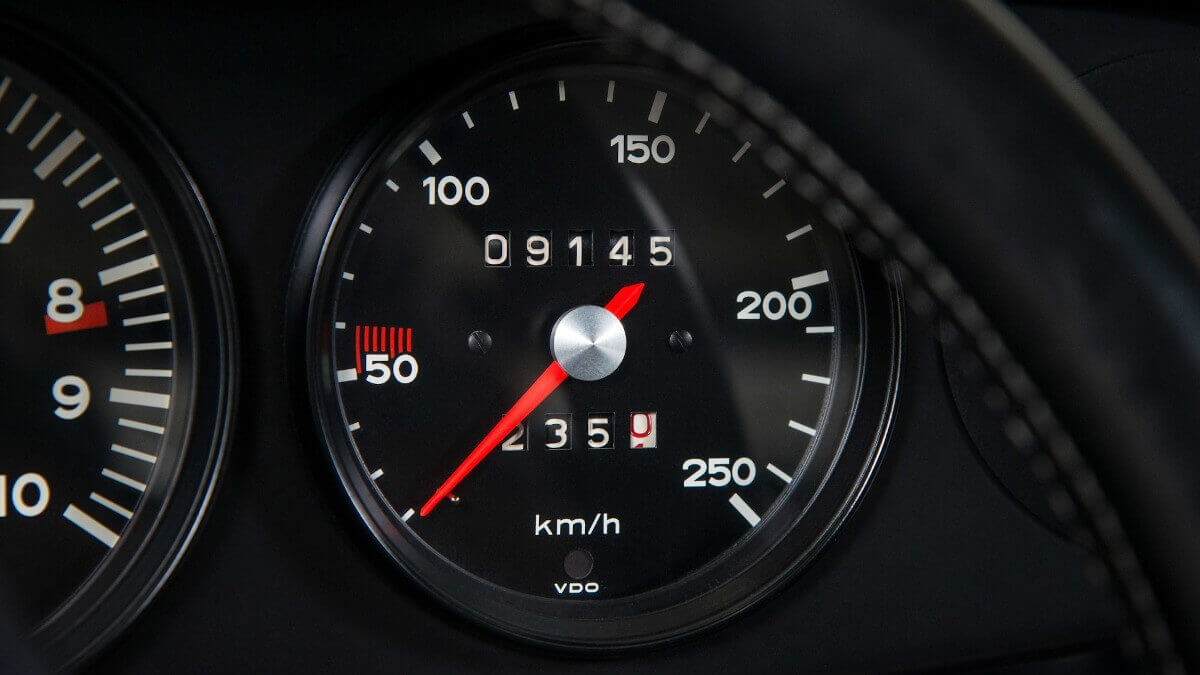

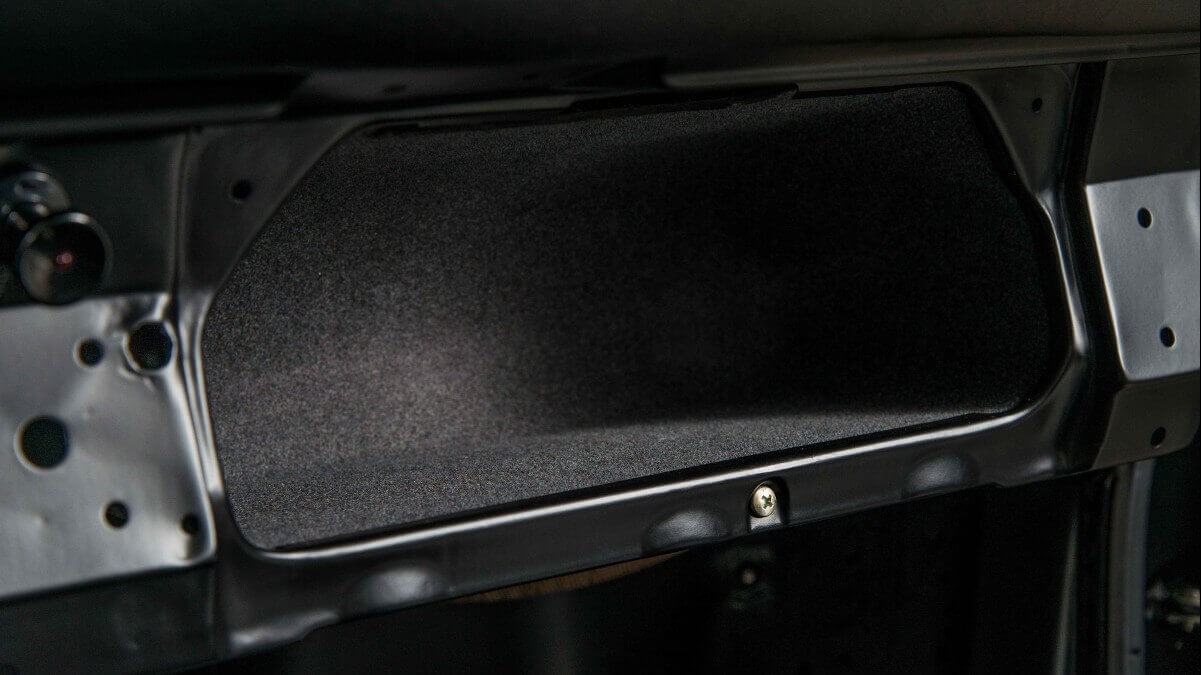

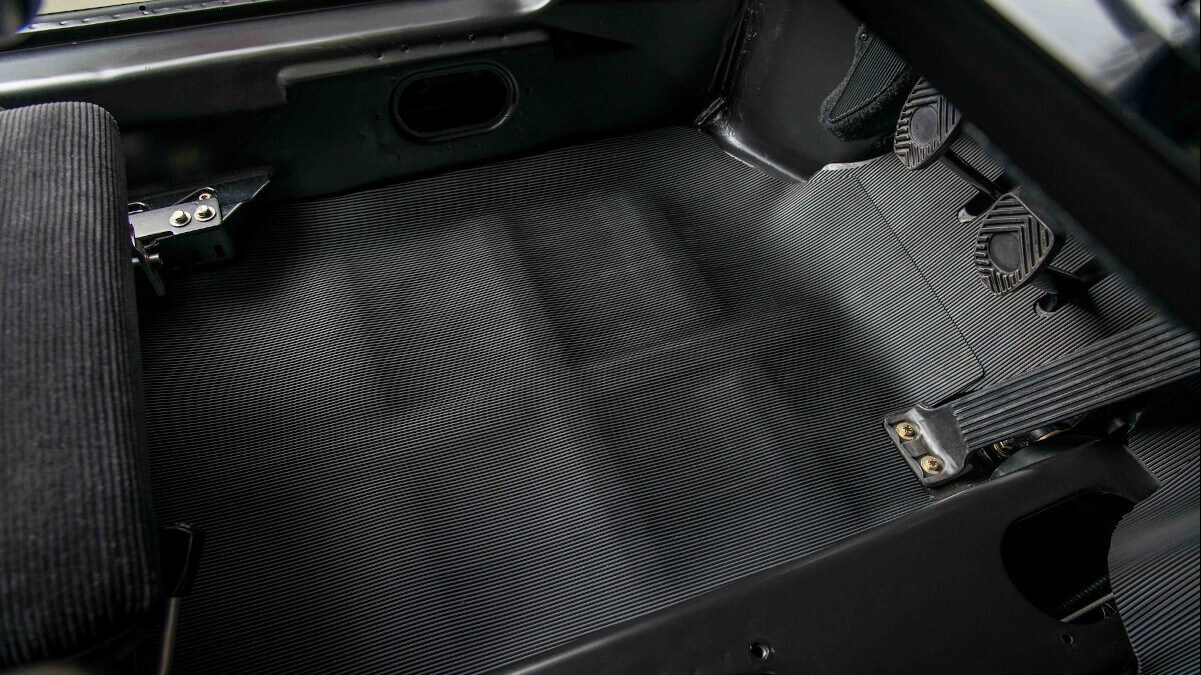

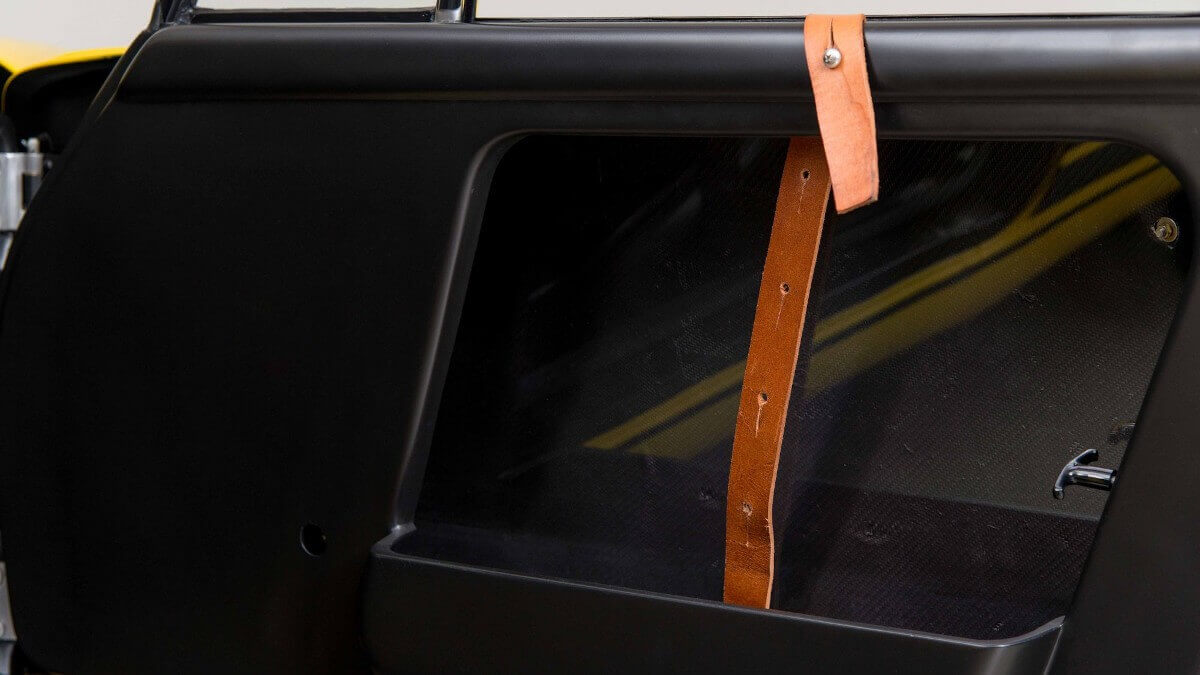

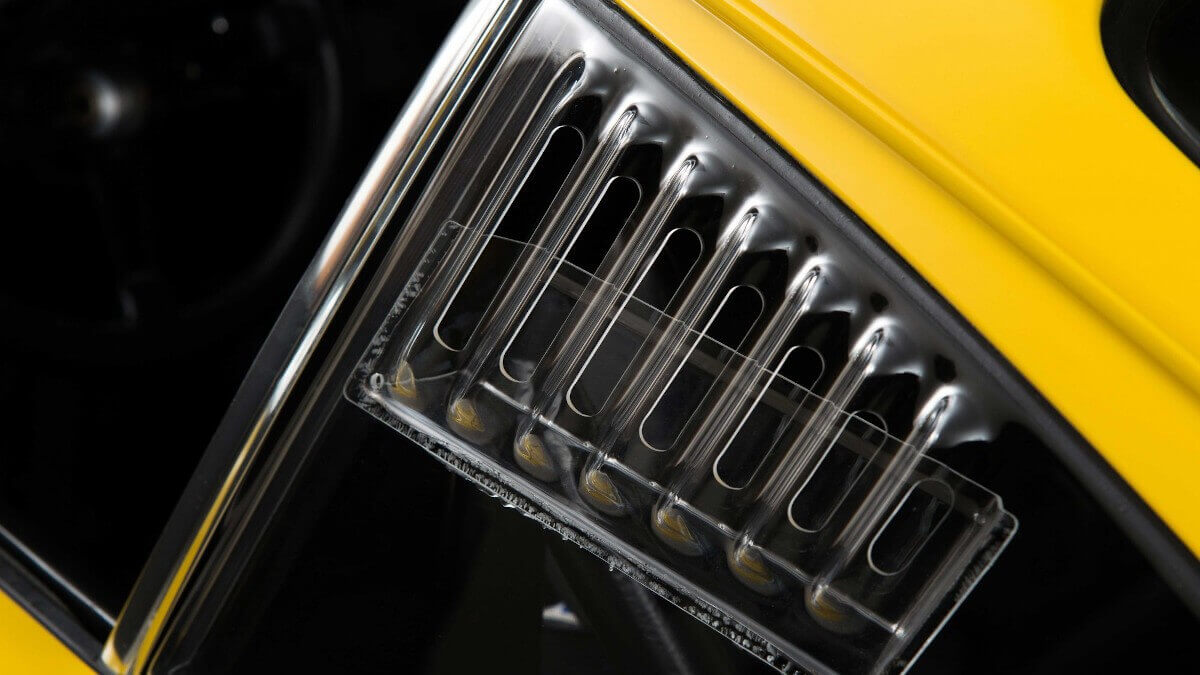

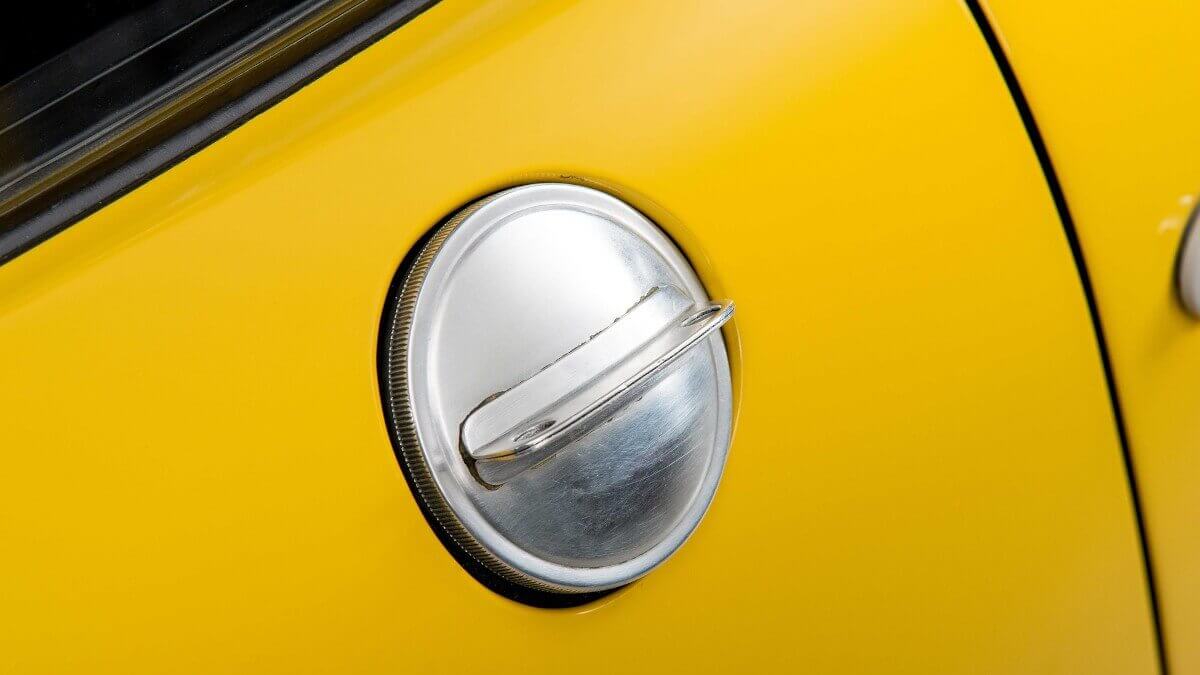

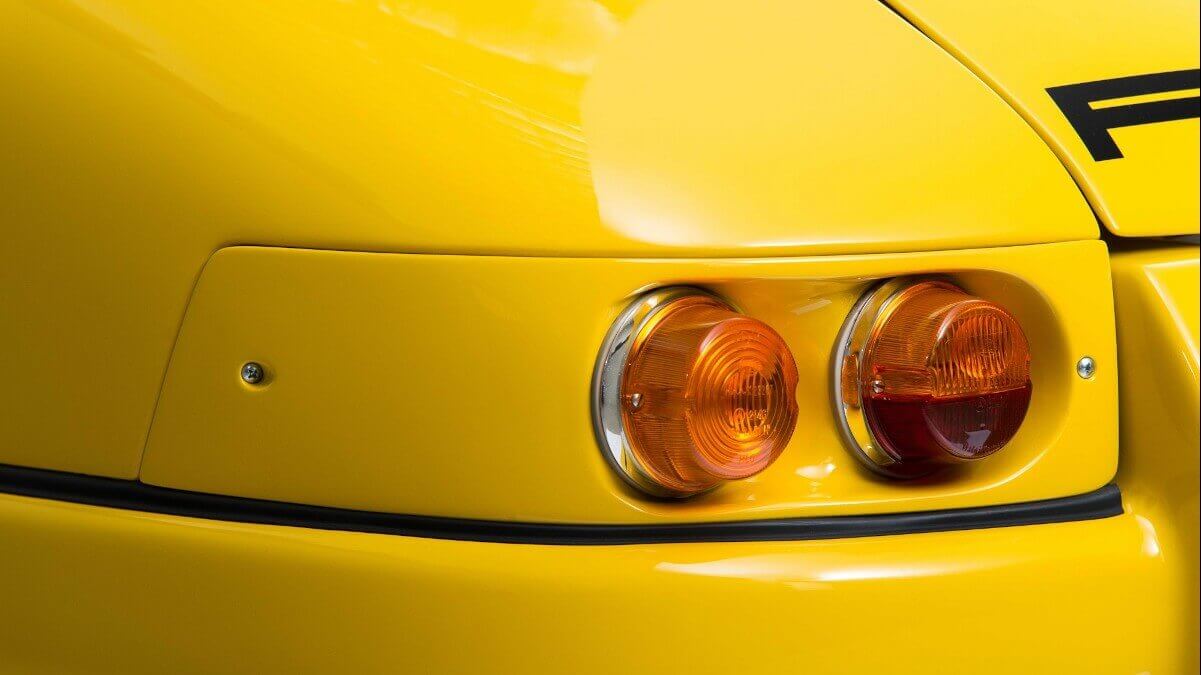



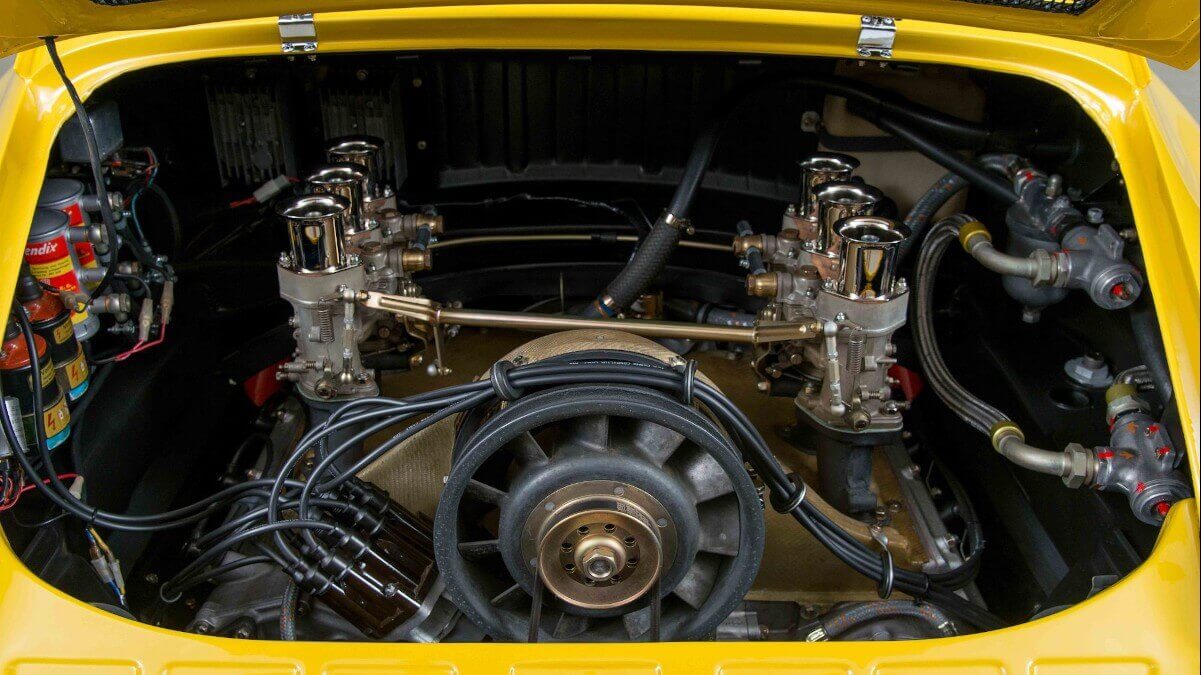

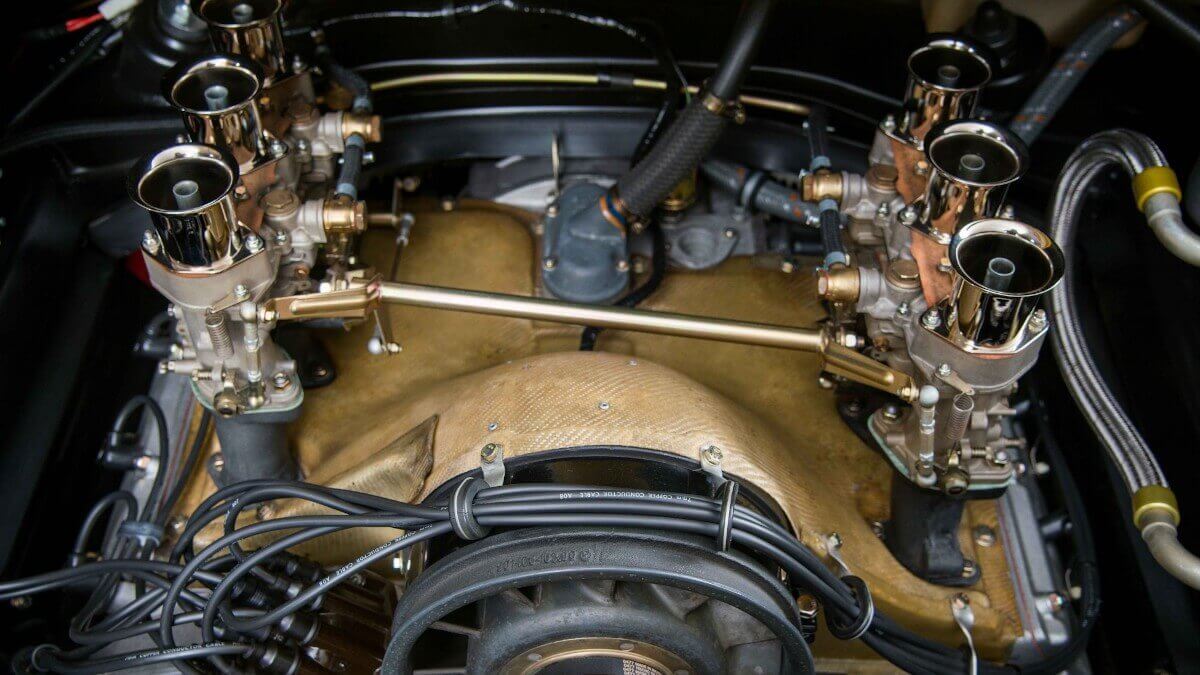

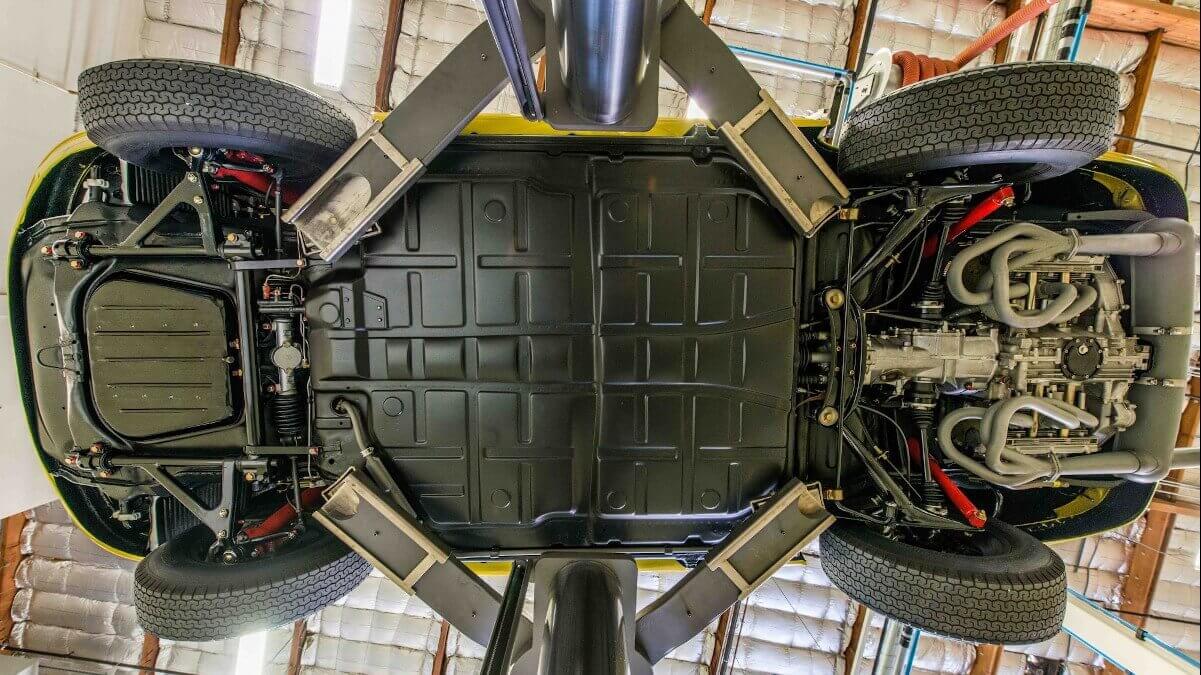

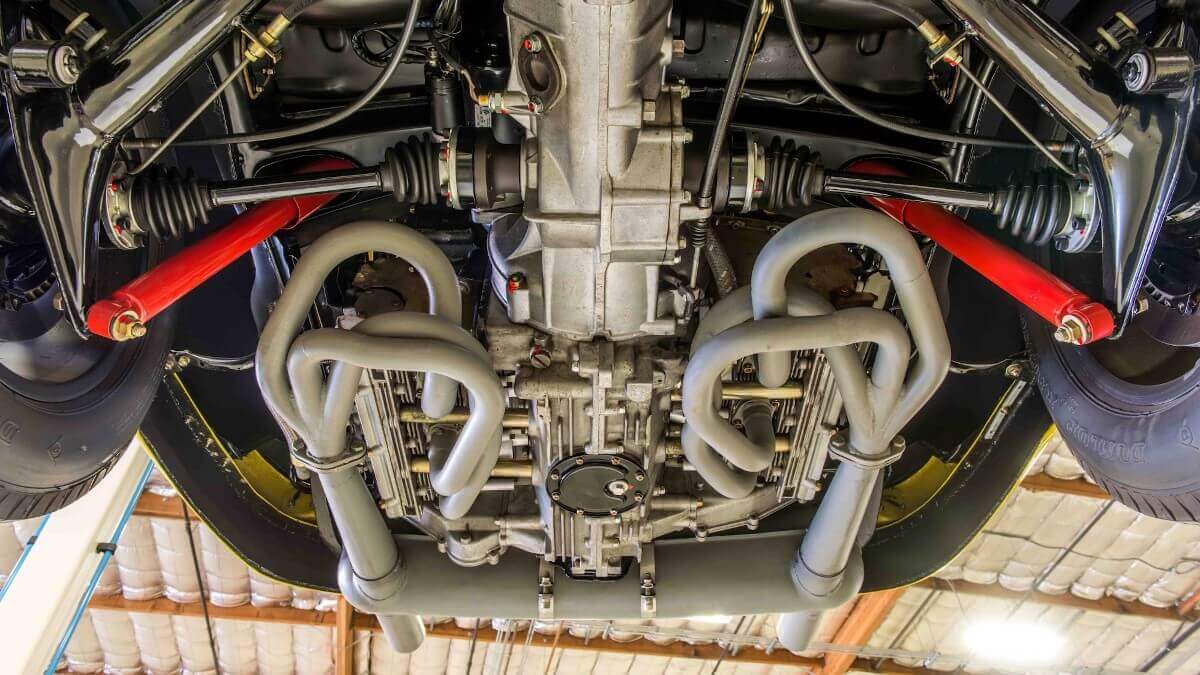



The rear of the 911 R was fitted with a two-liter engine optimised by Hans Mezger with a peak output of 225 hp. A five-speed sports dog-leg transmission was taken over from the racing program of that time with the 906 Carrera 6. A total of four pure prototypes based on the 911 S bodyshell were first produced, which were presented to the executive board of Porsche in order to initiate a homologation series. In order to be classified in the GT category, however, 500 units would have had to be produced. Due to the massive changes and the lack of driving comfort, the vast majority of decision makers considered this to be unsaleable. In the end, the racing department built another 20 units of the 911 R, which were sold to selected racing drivers for 45,000 DM. Since no GT homologation was achieved, these had to start in the prototype class, where they had only little chances against thoroughbred racing cars. Only at the Marathon de la Route 1967, from today’s point of view an incredible race over a full 84 hours on the Nordschleife and Südschleife of the Nürburgring, the 911 R achieved a much acclaimed overall victory. For this purpose Helmuth Bott had had the third prototype converted to the then new, automated Sportomatic gearbox together with the 175 hp S-engine. This conversion was reversed after the race. Next to this, Jo Siffert and his Swiss team used another 911 R for a number of speed record attempts on the oval circuit of Monza in Italy. Originally they wanted to use a 906 Carrera 6 for this purpose, but its suspension proved to be unsuitable for this track. In order to be able to use the rented track for record attempts after all, Porsche sent a 911 R on its own wheels to Italy. In addition to four other records, an average speed of 209 kph (129.9 mph) was achieved over a distance of 20,000 kilometers. The only other successes the 911 R was able to score were the overall victories in the Tour de France Automobile and the Tour de Corse in 1969. Nevertheless, this version served as a pioneer for models such as the 911 Carrera RS 2.7 from 1972 and all the sports versions of the 911 that have followed to this day. Today the original 911 R is something like the Blue Mauritius for Porsche collectors.
In our picture gallery we show you the car, which is known as ‘R4’, the final prototype of the 911 R. This car has its own story to tell. In 1969 the factory sold R4 to a Porsche distributor in France, who immediately passed it on to a private customer. However, some instalments were soon not paid, which led the dealer to recollect the car again and then to have it auctioned in 1970. On the way to the auction house, however, the car disappeared without a trace. In the following two decades this 911 R was hidden from the public and finally reappeared in a warehouse in Marseille in relatively good condition. The last rightful owner, said Porsche dealer, got the sports car back and finally sold it to a customer in the UK. In 2006 the 911 R moved to the USA. The new owner there immediately delivered it to the workshop of Bruce Canepa in California for an extensive restoration. It turned out that all fibreglass parts were still original and there were no bungled-up parts, which are usually to be found on old race cars and prototypes. Recently the restoration on R4 was completed and now it is back on its whees in best condition.
Images: Canepa, Zach James Todd



